Regional councils collect information about how much water is available and manage resource consents for those wishing to take water from rivers and streams. Use the buttons below to view information on: how much water is available, where it comes from and how its used.
{{illustrationHeading}}
{{waterUsage.irrigationLabel}} Industrial
{{waterUsage.industrialLabel}} Stock
{{waterUsage.stockLabel}} Hydroelectrical
{{waterUsage.hydroLabel}} Town supply
{{waterUsage.drinkingLabel}}
-
How much surface water is there in this zone?
Rainfall and flow in this surface water zone
Show HideRainfall and runoff
Relative breakdown Source Volume Rainfall total:
{{waterAvailable.rainfall }}
 Rainfall Total
Rainfall Total
{{waterAvailable.rainfall}} Runoff total:
{{waterAvailable.runoff }}
 Runoff to sea
Runoff to sea
{{waterAvailable.runoff}} The table above shows the average amount of rainfall the water management zone receives each year and how much of that flows out to sea. These are approximate figures only.
Total run-off to sea has been estimated by aggregating mean flow statistics from the River Environment Classification (developed by the National Institute of Water and Atmospheric Research).
-
Water consents: How much water is consented and used?
Surface water available to consent
Show HideConsented water in this surface water zone
Use the tables below to look at how much water is available compared with how much is actually consented within this water management zone. Click the plus to expand subzones where available
{{item.zoneId}}
Comparing consents and use
Amount available to consent In this surface water management zone:
{{item.data.totalAvailableAmount}} {{item.data.totalAvailableUnits}}
available to consent
Amount consented
measured and non measuredAmount used (measured) Amount Units Consented or used as a percentage of available Total available to consent {{item.data.totalAvailableAmount}} {{item.data.totalAvailableAmount}} {{item.data.totalAvailableUnits}} Total consented {{item.data.totalConsented.amount}} {{item.data.totalConsented.amount}} {{item.data.totalAvailableUnits}} {{item.data.totalConsented.percentText}} Total consented and measured {{item.data.totalMeasured.amount}} {{item.data.totalMeasured.amount}} {{item.data.totalAvailableUnits}} {{item.data.totalMeasured.percentText}} Total measured amount used {{item.data.totalAmountUsed.amount}} {{item.data.totalAvailableUnits}} {{item.data.totalAmountUsed.percentText}} Total measured volume used {{item.data.totalAnnualVolumeUsed}} {{item.data.totalAnnualVolumeUnits}} The table above shows the amount of water that is available for use compared to the amount that has been consented. The ‘Total Consented’ and ‘Total Consented and Measured’ fields are based on percentages of the ‘Total available to Consent’ field. If this field is not populated no data will be displayed. Some consents require actual use to be monitored and this is presented as 'Total measured volume Used' where available.
It is important to note that where the amount available to consent is exceeded in the table above, this does not necessarily mean that over-allocation is occuring, or a significant adverse effect is being caused by existing consents. Greater Wellington Regional Council (GWRC) has adopted interim ‘allocation amounts’ in their Natural Resources Plan which have been set using a conservative default method until fuller community led (Whaitua) limit setting processes can be completed. Resource consents in these catchments were granted in accordance with the policies and rules in place before the interim allocation amounts were set and can continue to operate, but no new water can be granted.
Nevertheless, where the amount available to consent is exceeded, it does signal that ecosystem health risks are potentially elevated. This signal of risk is helping communities and GWRC focus attention in such areas to develop a better understanding of the true effects of existing takes. For further context and information about allocation amounts and availability please contact GWRC.
-
Water consents: How is consented water used?
Consents by use in this surface water zone
Show HideConsented water
Overall annual volume for {{waterAvailable.year}}
Relative breakdown Activity Percentage of total consented Total volume Number of consents {{item.displayText}}
- - No data available {{item.breakdownPercentage}}% {{item.totalVolume}} m3 {{item.numberOfConsents}} Total {{waterUsage.total.percentageConsented}}% {{waterUsage.total.totalVolume}} m3 {{waterUsage.total.numberOfConsents}} The above table shows the proportion of water consented for irrigation, industrial, stock, town supply and other. It excludes hydro electricity. In this region/management zone {{hydroUsage.totalVolume}} m3/year is consented for hydro-electricity and makes up {{hydroUsage.percentageConsented}}% of the total water volume consented for this region/management zone

